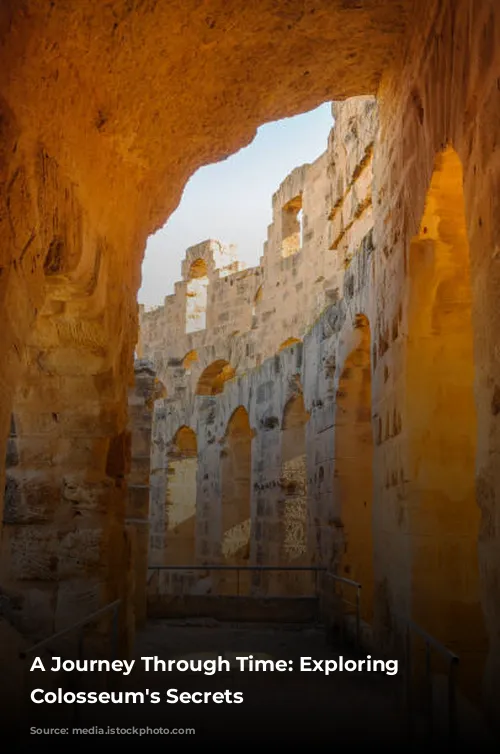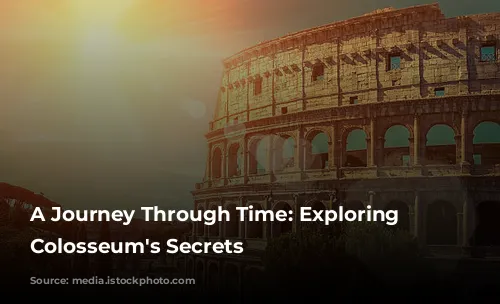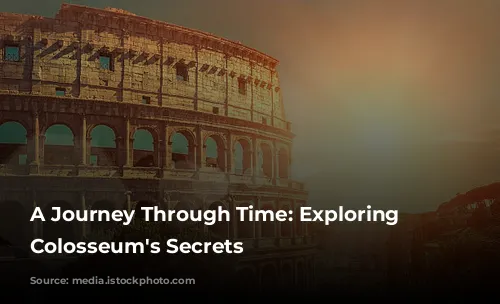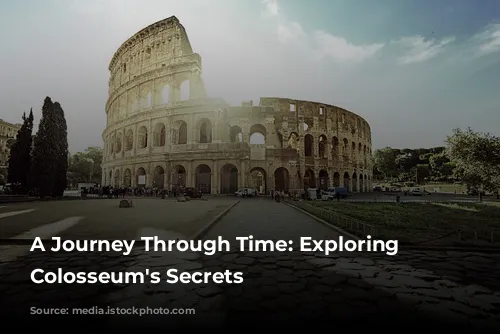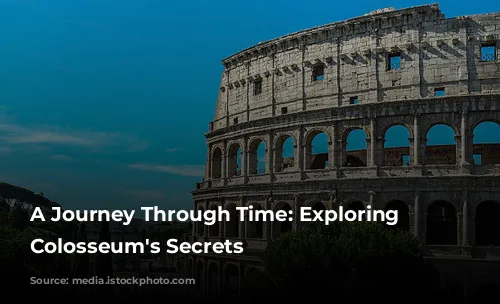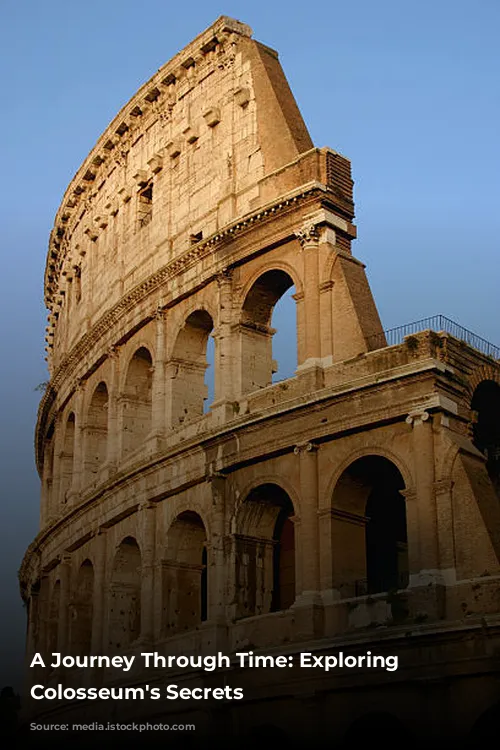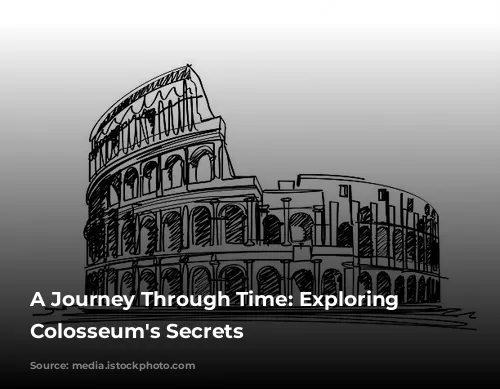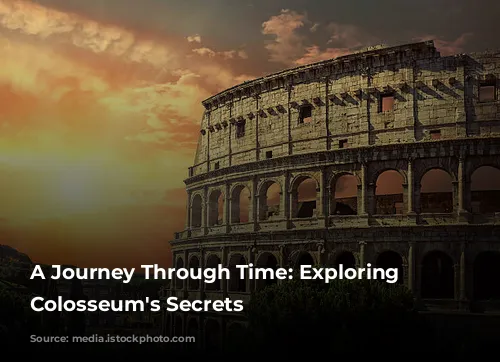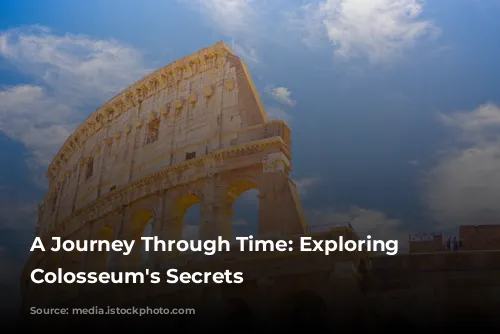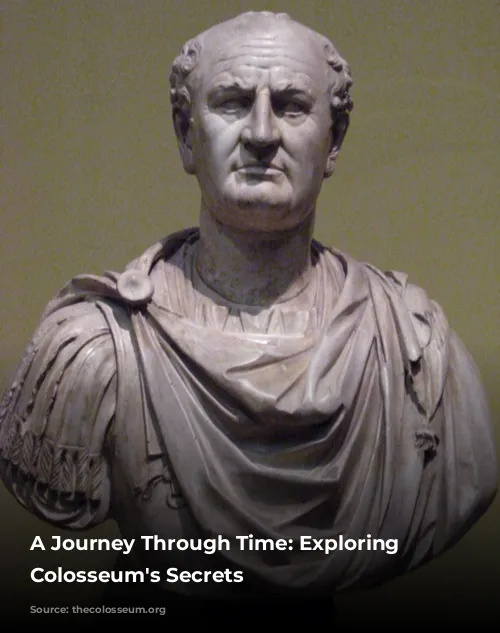The Colosseum—a symbol of ancient Rome’s grandeur and a testament to its brutal past—beckons us to delve into its fascinating history. For almost two millennia, this iconic arena has stood as a silent witness to gladiatorial battles, captivating hunts, and gruesome executions. It’s no surprise that the Colosseum continues to captivate millions of visitors each year.
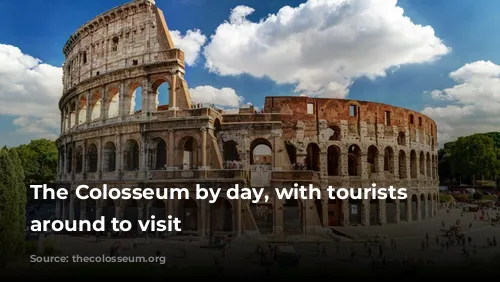
From Construction to Glory: The Colosseum’s Rise
The Colosseum’s construction began in 72 AD under Emperor Vespasian, a period marked by turmoil and change in Rome. The city was still reeling from the devastating fire of 64 AD, which had consumed a large portion of the city. Emperor Nero, notorious for his extravagance, had commissioned a lavish palace for himself, the Domus Aurea, in the burnt-out area, further fueling the resentment of the Roman citizens.
Vespasian’s reign brought a shift in priorities. He chose to dismantle Nero’s opulent palace, symbolizing a break from the past and a return to the values of the Roman people. The Colosseum, built on the site of Nero’s artificial lake, became a symbol of this change. It was a grand amphitheater, built not for the indulgence of a single emperor, but for the entertainment of all Roman citizens.
Construction was completed in 80 AD, marking the beginning of a period of intense activity. The Colosseum was not simply a building; it was a symbol of Roman power, a place of public spectacle, and a testament to the Empire’s engineering prowess. Its creation involved thousands of skilled workers, including Roman engineers and craftsmen, and a vast workforce of Jewish slaves, a somber reminder of the Roman Empire’s conquest of Judea.

Inside the Colosseum: A Glimpse into the Spectacles
The Colosseum was a place of awe-inspiring size and spectacle. The arena, 189 meters long and 156 meters wide, could accommodate an astonishing 50,000 to 80,000 spectators. Its outer walls, adorned with three tiers of columns, were a testament to Roman architectural brilliance.
The Colosseum hosted a wide range of spectacles designed to entertain and awe the masses. The most famous were the gladiator fights, which were often brutal and bloody. But the Colosseum also hosted hunts, in which trained men faced off against wild animals; executions, a terrifying fate reserved for criminals and prisoners of war; and even mock naval battles, staged on a flooded arena.
The Colosseum was more than just a place of entertainment; it was a reflection of Roman society. It mirrored the Empire’s power, its brutality, and its fascination with the spectacle of violence.
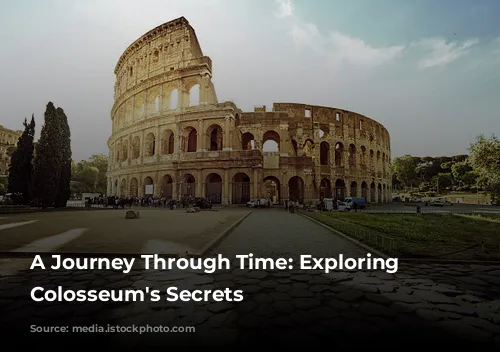
The Colosseum’s Decline and Resurgence: A Legacy Enduring
The Colosseum’s glory didn’t last forever. By the 5th century AD, the Roman Empire was in decline, and the resources needed to maintain the Colosseum dwindled. The once-glorious arena fell into disrepair, its grandeur fading with time.
The Colosseum’s story, however, is not one of complete decline. It has served various purposes throughout history—a cemetery, a place of worship, and even a fortified castle.
Today, the Colosseum stands as a powerful symbol of Rome’s enduring legacy. Despite the ravages of time and the many challenges it has faced, it continues to attract millions of visitors each year, drawn to its history, its grandeur, and the enduring power of its story. The Colosseum reminds us of the magnificence of the Roman Empire, its brutality, and the enduring human fascination with spectacle.
